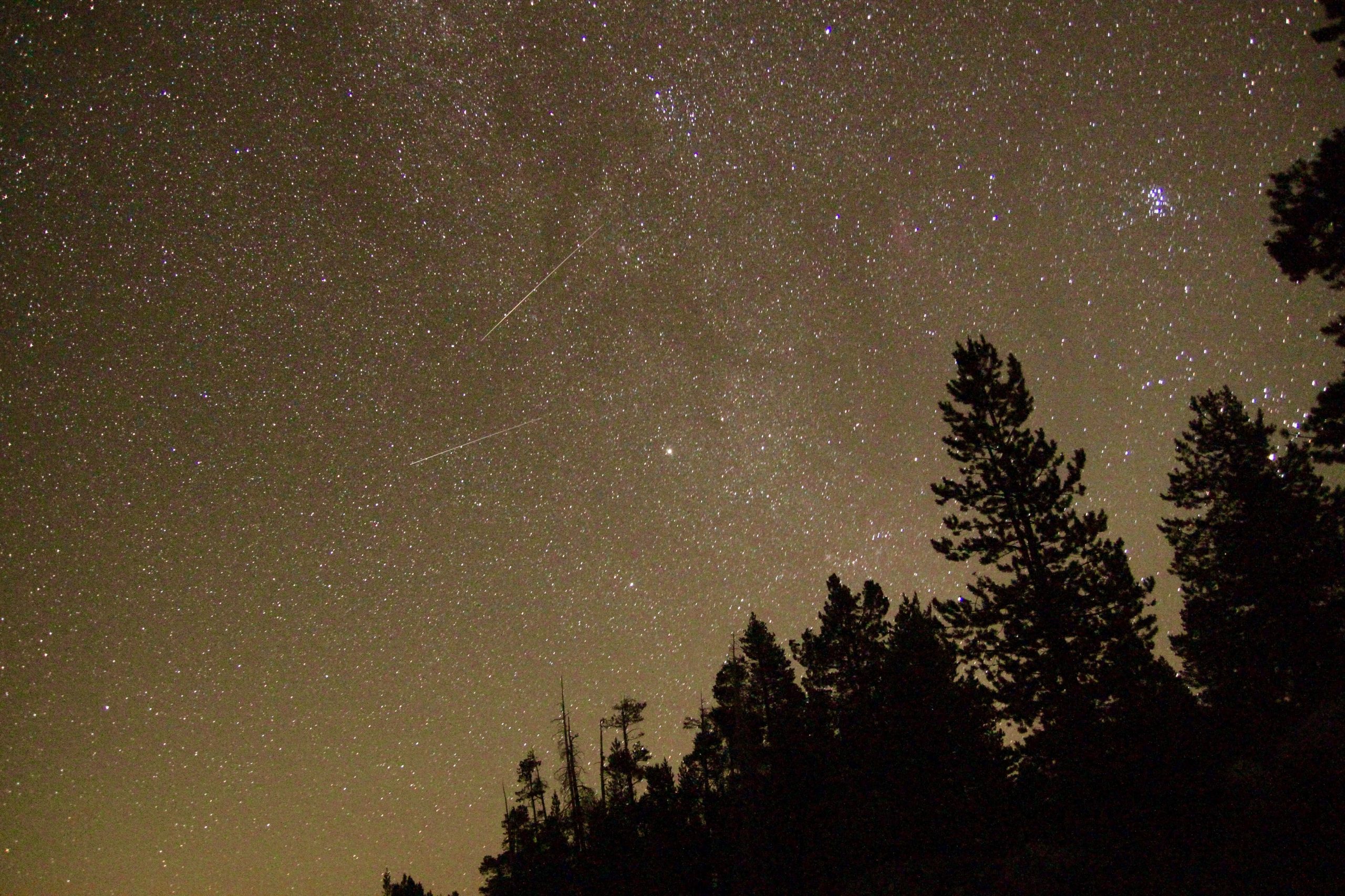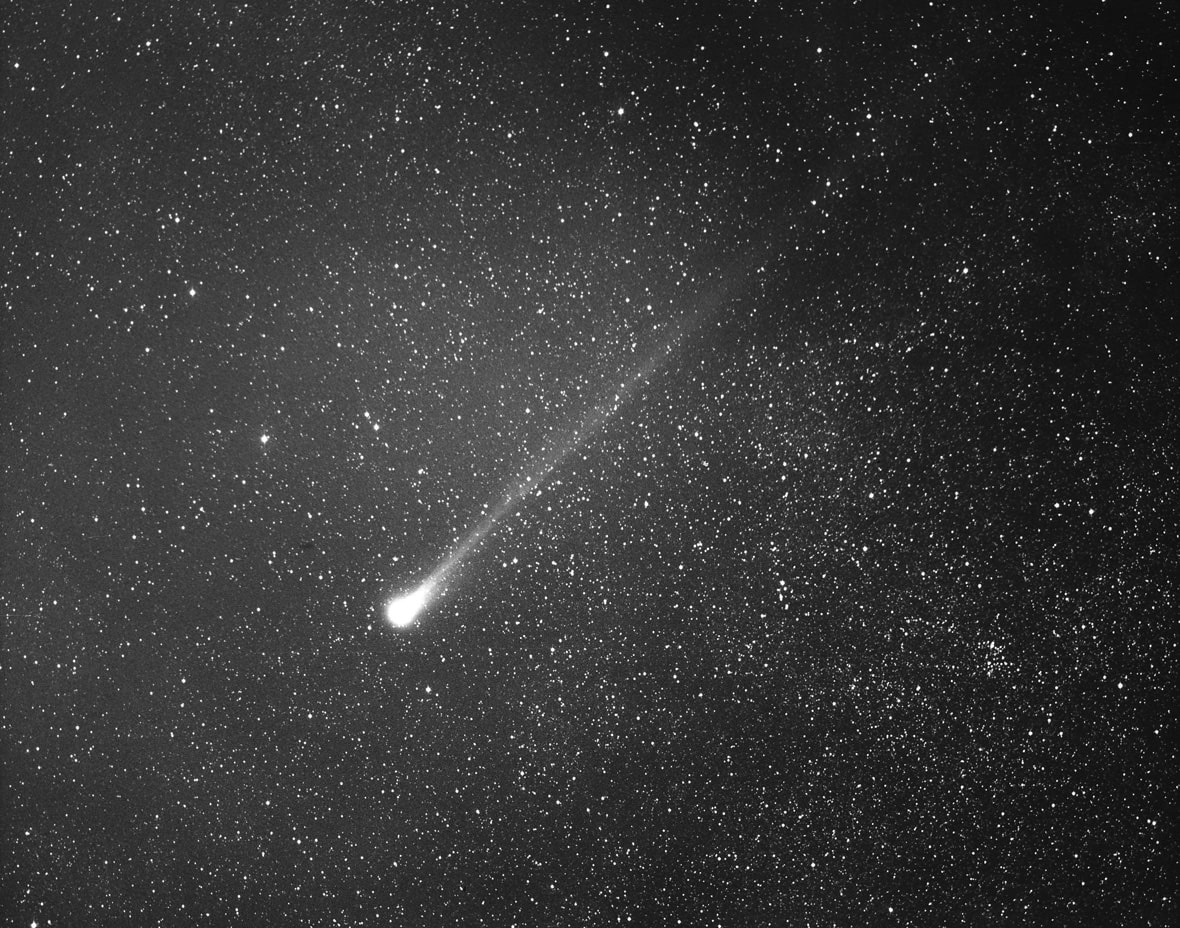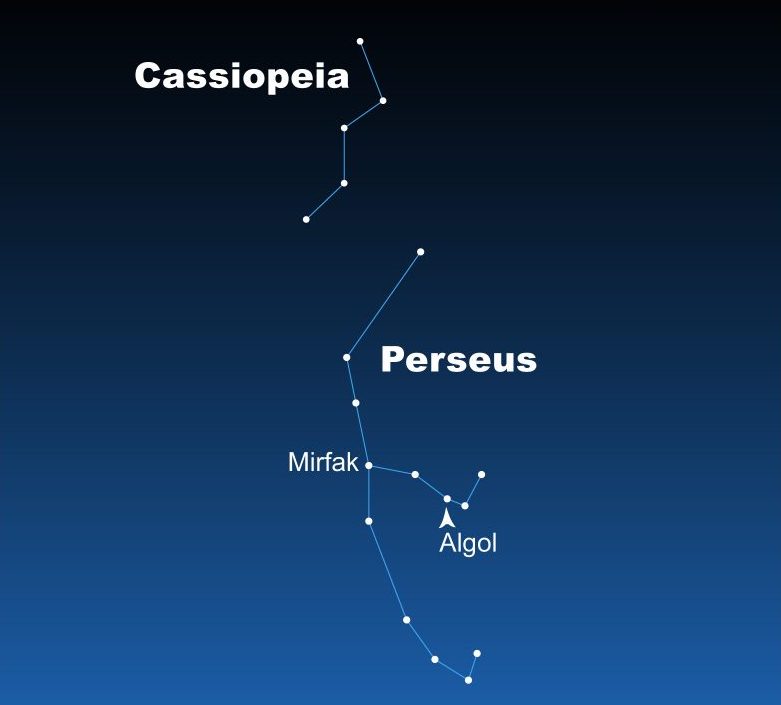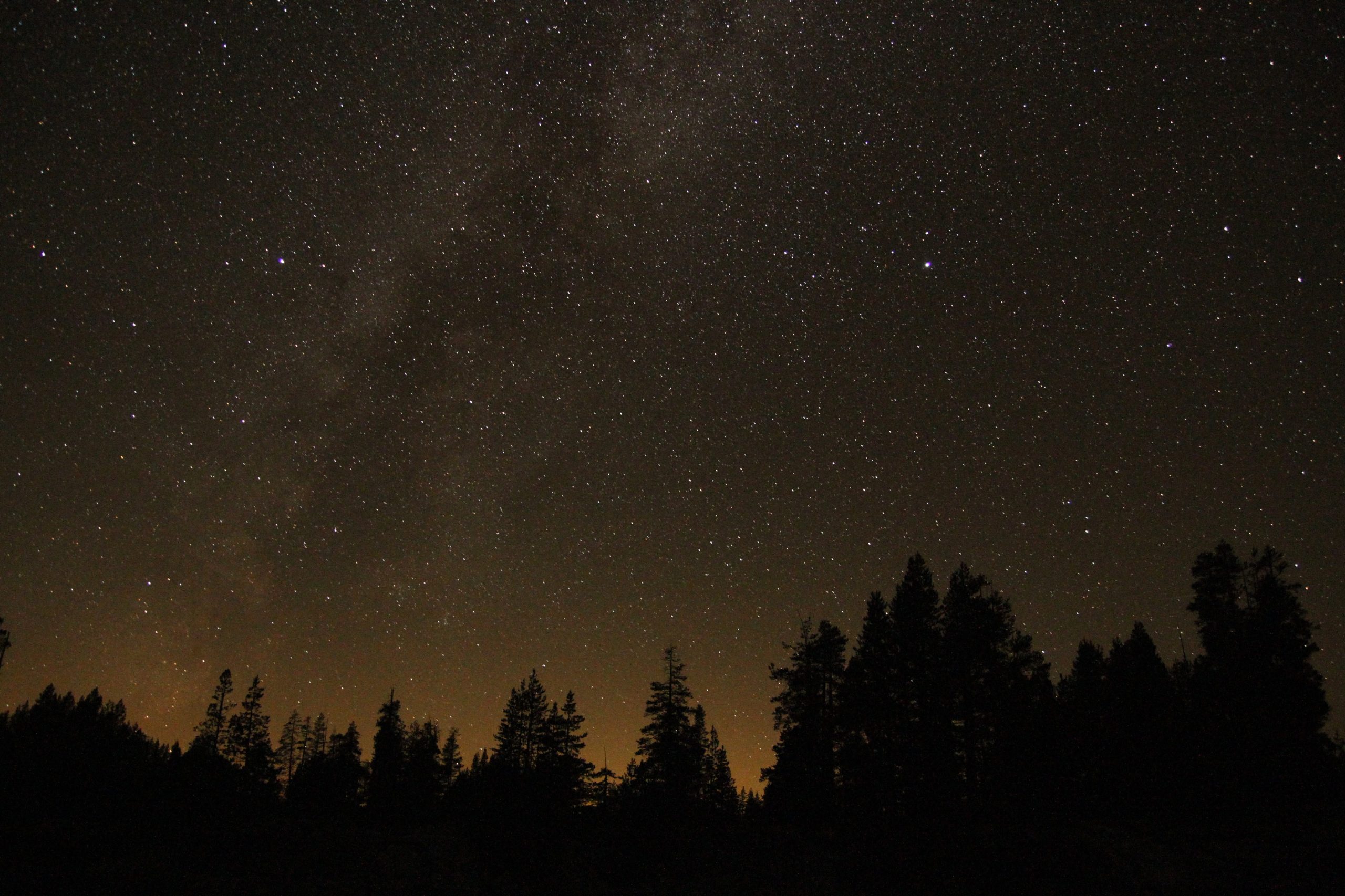
While summer skiing is wrapping up in the Northern Hemisphere, you don’t want to miss the upcoming Perseids meteor shower. According to NASA, the peak of shooting stars will fall on August 12th. So be prepared for this weekend.
Quick facts and Q&A
What are Perseids?
Perseids is a meteor shower that happens when the Earth passes through the remnants (frozen gases, rocks, and dust) of one of the oldest comets, Swift -Tuttle. The last time it passed by the Earth was in 1992; its next arrival will be in 2126. It is one of our largest comets, with a nucleus of 16 miles.

The Swift-Tuttle comet was independently discovered by two astronomers, Lewis Swift, and Horace Tuttle, in 1862. That year it was so bright it could be viewed with the naked eye.
Here are the fantastic images of comets photographed by Austrian Gerald Rhemann.
Why is it called Perseids?
This meteor shower is called Perseids because its radiant (where the meteors came from) is located in the Perseus constellation on the celestial sphere.
According to the Constellation Guide, Perseus has an area of approximately 615 square degrees. Ptolemy cataloged it and named it after the mythological Greek hero Perseus, who beheaded Medusa Gorgona.
Perseus is passed through by the galactic plane of the Milky Way. Alpha Persei (Mirfak), a supergiant, is the constellation’s brightest star. It has 5000 times luminosity and 42 times the diameter of the Sun. However, the most known star is Algol (Beta Persei), which means The Demon’s Head, representing the head of the Gorgon Medusa in Greek mythology.

What is the difference between meteors and meteorites?
From NASA:
Meteoroids are objects in space that range in size from dust grains to small asteroids. Think of them as “space rocks.”
When meteoroids enter Earth’s atmosphere (or that of another planet, like Mars) at high speed and burn up, the fireballs or “shooting stars” are called meteors.
When a meteoroid survives a trip through the atmosphere and hits the ground, it’s called a meteorite.
Why do I need to care about moonlight?
The full moon can illuminate the sky, making it too bright to see most meteors. This year’s conditions are expected to be pretty good, and the moonlight shouldn’t interfere with viewing. The moon will be in the Waning Crescent phase with illumination of only 13% on August 12th. Here is the calendar for moon phases.
How many shooting stars can we expect?
People in the U.S. can reasonably expect to see around 40 Perseids in the hour just before dawn on peak nights. That’s about one every couple of minutes, which is not bad
–Bill Cooke , NASA
How to find Perseus in the night sky?
Look up to the North and North-West and try to find Cassiopeia, which looks similar to W. The Perseus should be right below Cassiopeia. At latitudes over 40 degrees, it is visible year-round.
The Star Walk application, an excellent stargazing guide, is handy for celestial objects like stars, planets, and constellations.
For the best meteor viewing, get your sleeping bag and drive away as far from light pollution as possible. Pick some open space area, as you don’t want the trees to get in the way of the view. The locations near the water, like a lake or a pond, are the best. Turn to NNW and enjoy the show between midnight and dawn.
